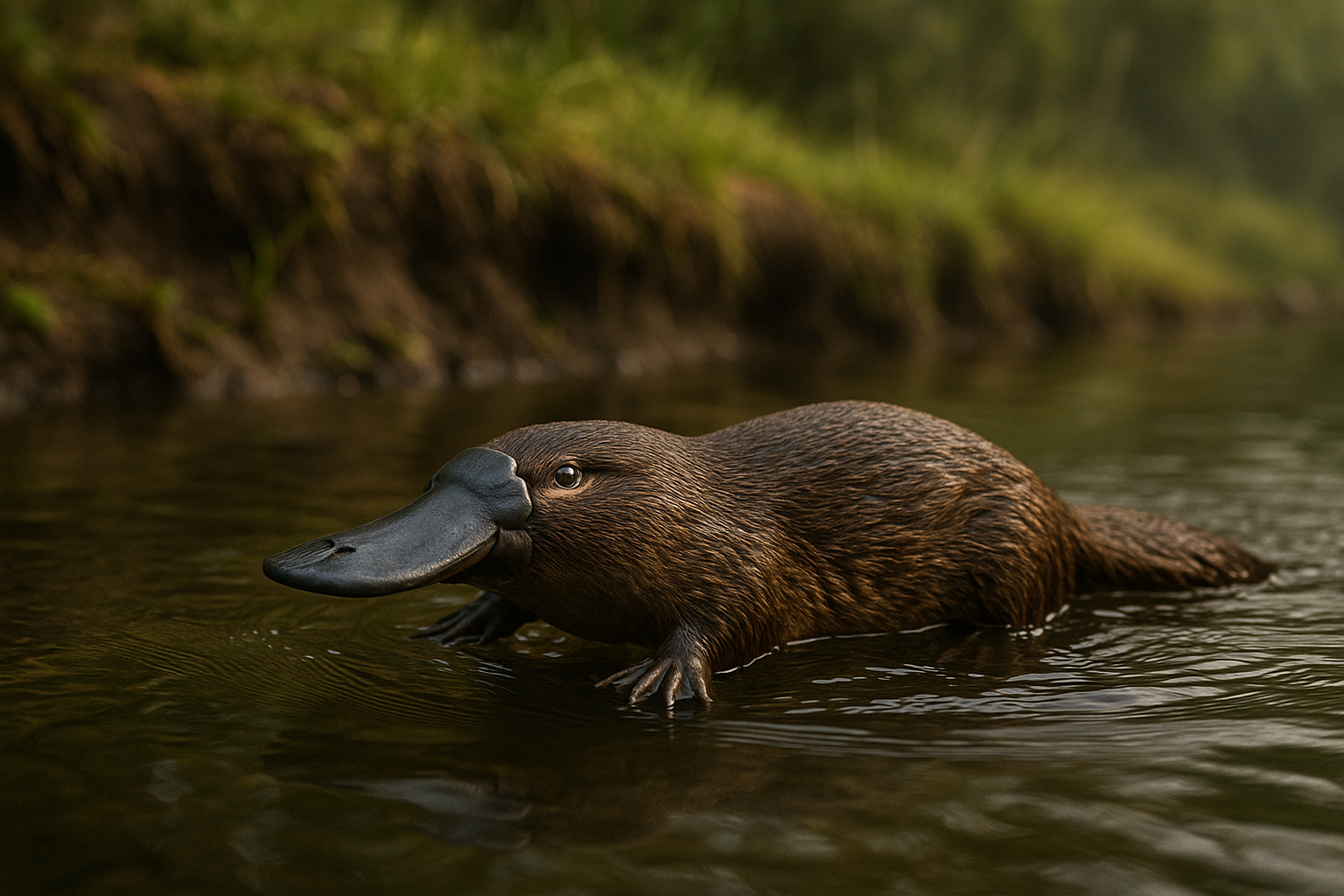Unravelling the Enigma: The Life and Habits of the Platypus
Australia's brown, duck-billed, beaver-tailed, web-footed wonder is an enigma wrapped in a riddle. The platypus, a semi-aquatic mammal, has fascinated scientists and wildlife enthusiasts for centuries with its unique characteristics and behaviors. This article will delve into the intriguing life of the platypus, shedding light on its habits, biology, and conservation efforts.

A Creature Like No Other: Origins and Evolution of the Platypus
The platypus or Ornithorhynchus anatinus, its scientific name, is one of the few surviving monotremes—mammals that lay eggs instead of giving birth to live young. The species is believed to have split from a common ancestor with echidnas around 19 to 48 million years ago. Despite its mammalian status, the platypus shares certain characteristics with birds and reptiles, such as a duck-like bill and the ability to lay eggs, contributing to its distinctiveness.
The Platypus Lifestyle: Habits and Habitats
Platypi are primarily nocturnal, spending their days in burrows dug into riverbanks. They are excellent swimmers, using their webbed feet for propulsion and their tail for steering. The platypus is a carnivore, feeding on insects, larvae, shellfish, and worms, which it hunts using its bill’s electroreception capabilities to detect the electrical signals emitted by its prey.
A Natural Anomaly: Unique Features of the Platypus
The platypus boasts several unique features. Its bill is one of its most distinguishing characteristics, housing thousands of electroreceptors that make it a highly effective hunting tool. Moreover, the male platypus has a venomous spur on its hind leg, making it one of the few venomous mammals. The venom, while not lethal to humans, can cause severe pain.
Current Status: Threats and Conservation Efforts
The platypus population is currently facing several threats, including habitat loss, pollution, and climate change. As a result, conservation programs have been established, focusing on habitat protection and research into platypus biology and ecology. Despite these efforts, the platypus is listed as “near threatened” by the International Union for Conservation of Nature.
The Mystery Continues: Current Research and Discoveries
Scientists are continually unraveling new information about this enigmatic creature. Recent research revealed that the platypus’s fur glows under ultraviolet light, a feature previously unknown in mammals. Another study discovered that platypus milk contains unique antibacterial properties, potentially offering new avenues for antibiotic research.
The platypus, with its unique combination of traits and characteristics, remains one of the most fascinating creatures in the animal kingdom. Its survival and conservation depend on ongoing research and protective measures, ensuring that future generations can continue to marvel at this remarkable creature.




